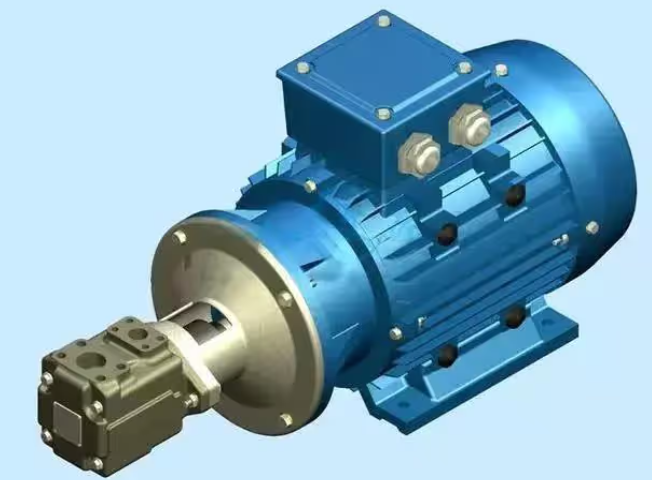Pump outlet valve sequence
The order of the outlet valves of the water pump usually follows certain specifications and principles to ensure the normal operation of the system and the convenience of maintenance. The following is a detailed explanation of the order of the outlet valves of the water pump:
1. Overview of the valve order
Generally speaking, the order of the outlet valves of the water pump is: flexible joint (shock absorber), check valve, gate valve (or butterfly valve). In addition, the pressure gauge is preferably installed on the water outlet of the water pump, but it must be before the check valve.
2. The role and position of each valve and pressure gauge
Flexible joint (shock absorber)
Function: The flexible joint is mainly for shock absorption, reducing the impact of water pump vibration on the pipeline system, while meeting the needs of thermal expansion and contraction, and facilitating the disassembly and installation of valves and maintenance.
Position: The flexible joint should be close to the outlet of the pump so that it is not affected by the system water pressure, thereby delaying aging.
Check valve
Function: The main function of the check valve is to prevent the backflow of the medium and protect the water pump from the impact of water hammer and the backflow of the medium.
Position: The check valve must be installed at the outlet of the pump and before the outlet control valve to facilitate the inspection of the check valve. In a parallel pump system, the setting of a check valve can protect the system from the failure of a single pump.
Gate valve (or butterfly valve)
Function: The gate valve or butterfly valve is used as a cut-off valve to control the flow of the medium and cut off the pipeline. Under normal circumstances, the gate valve operates less frequently, while the check valve operates frequently.
Position: The gate valve (or butterfly valve) is usually installed after the check valve so that the gate valve can be closed and the system can be isolated when the check valve is repaired without affecting the normal operation of other parts.
Pressure gauge
Function: The pressure gauge is used to measure the pressure value at the outlet of the water pump to monitor the operating status of the water pump and ensure that it operates in the high-efficiency zone.
Position: The pressure gauge should be installed on the water outlet of the water pump, but must be before the check valve. This can prevent the impact and damage of the pressure gauge by the water hammer.

III. Special case description
For large-diameter pipelines, there is a view that the check valve can be installed after the gate valve for easy opening and closing. However, this is not realistic in actual operation, because when the water pump stops, due to the presence of the check valve, the water pressure before and after the gate valve is consistent, and there is no problem with the opening and closing of the gate valve. At the same time, large-diameter valves are difficult to operate.
In some special cases, such as when the installation position of the water pump is higher than the liquid level, the check valve may need to be installed at the end of the vertical suction pipe in front of the water pump to serve as a bottom valve. This is to ensure that the water pump is filled with water before it can be pumped out without pumping water once. However, this installation method is not common.




